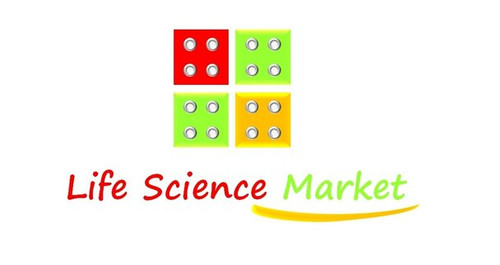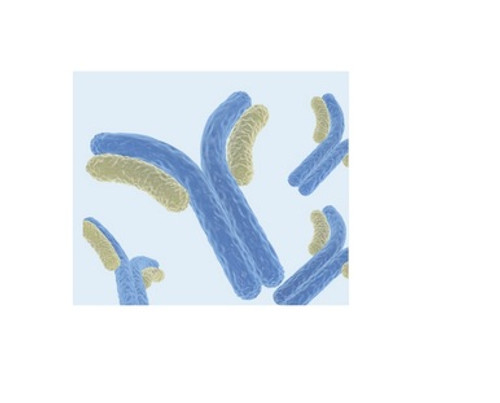Product Description
Recombinant Human Ubiquitin-like protein ISG15 (Isg15) is available at Gentaur for Next week Delivery.
Gene Name: Isg15
Alternative Names : Interferon-induced 15KDA proteinInterferon-induced 17KDA protein;IP17Ubiquitin cross-reactive protein
Expression Region : 2-157aa
AA Sequence : GWDLTVKMLAGNEFQVSLSSSMSVSELKAQITQKIGVHAFQQRLAVHPSGVALQDRVPLASQGLGPGSTVLLVVDKCDEPLSILVRNNKGRSSTYEVRLTQTVAHLKQQVSGLEGVQDDLFWLTFEGKPLEDQLPLGEYGLKPLSTVFMNLRLRGG
Sequence Info : Full Length of Mature Protein
Tag Info : N-terminal 6xHis-tagged
Theoretical MW : 21.3 kDa
Storage Buffer : Tris/PBS-based buffer, 5%-50% glycerol. If the delivery form is lyophilized powder, the buffer before lyophilization is Tris/PBS-based buffer, 6% Trehalose, pH 8.0.
Endotoxin Level : Not tested-
Biological Activity : Not tested
Storage : Short term: -20°C; Long term: -80°C. Minimize freeze and thaw cycles.
Research Area : Immunology
Restriction : For Research Use Only. Not for use in diagnostic procedures, drug use, or for administration to humans or animals.
Relevance : Ubiquitin-like protein which plays a key role in the innate immune response to viral infection either via its conjugation to a target protein (ISGylation) or via its action as a free or unconjugated protein. ISGylation involves a cascade of enzymatic reactions involving E1, E2, and E3 enzymes which catalyze the conjugation of ISG15 to a lysine residue in the target protein. Its target proteins include SERPINA3G/SPI2A, JAK1, MAPK3/ERK1, PLCG1, TRIM25, STAT5A, MAPK1/ERK2 and globin. Can also isgylate: DDX58/RIG-I which inhibits its function in antiviral signaling response and EIF4E2 which enhances its cap structure-binding activity and translation-inhibition activity. Exhibits antiviral activity towards both DNA and RNA viruses, including influenza A and B virus, sindbis virus (SV) and herpes simplex type-1 (HHV-1). Plays a significant role in the control of neonatal Chikungunya virus (CHIKV) infection by acting as a putative immunomodulator of proinflammatory cytokines. Protects mice against the consequences of Chikungunya virus infection by downregulating the pathogenic cytokine response, often denoted as the cytokine storm. Plays a role in erythroid differentiation. The secreted form of ISG15 can: induce natural killer cell proliferation, act as a chotactic factor for neutrophils and act as a IFN-gamma-inducing cytokine playing an essential role in antimycobacterial immunity
Function : Ubiquitin-like protein which plays a key role in the innate immune response to viral infection either via its conjugation to a target protein (ISGylation) or via its action as a free or unconjugated protein. ISGylation involves a cascade of enzymatic reactions involving E1, E2, and E3 enzymes which catalyze the conjugation of ISG15 to a lysine residue in the target protein. Its target proteins include IFIT1, MX1/MxA, PPM1B, UBE2L6, UBA7, CHMP5, CHMP2A, CHMP4B and CHMP6. Can also isgylate
Involvement in disease : Immunodeficiency 38, with basal ganglia calcification (IMD38)
Subcellular location : Cytoplasm, Secreted
Protein Families :
Tissue Specificity : Detected in lymphoid cells, striated and smooth muscle, several epithelia and neurons. Expressed in neutrophils, monocytes and lymphocytes. Enhanced expression seen in pancreatic adenocarcinoma, endometrial cancer, and bladder cancer, as compared to non-cancerous tissue. In bladder cancer, the increase in expression exhibits a striking positive correlation with more advanced stages of the disease.
Paythway :
Uniprot ID : P05161
 Euro
Euro
 British Pound
British Pound
 US Dollar
US Dollar








